Two different groups of scientists are looking at the way mice talk to each other, but they are doing this in very different ways. Both sets of scientists are learning amazing new information about mice.
Mice are one of the animals that scientists most often study. Because mice and humans are similar in many ways, studying mice can often tell us things about humans.
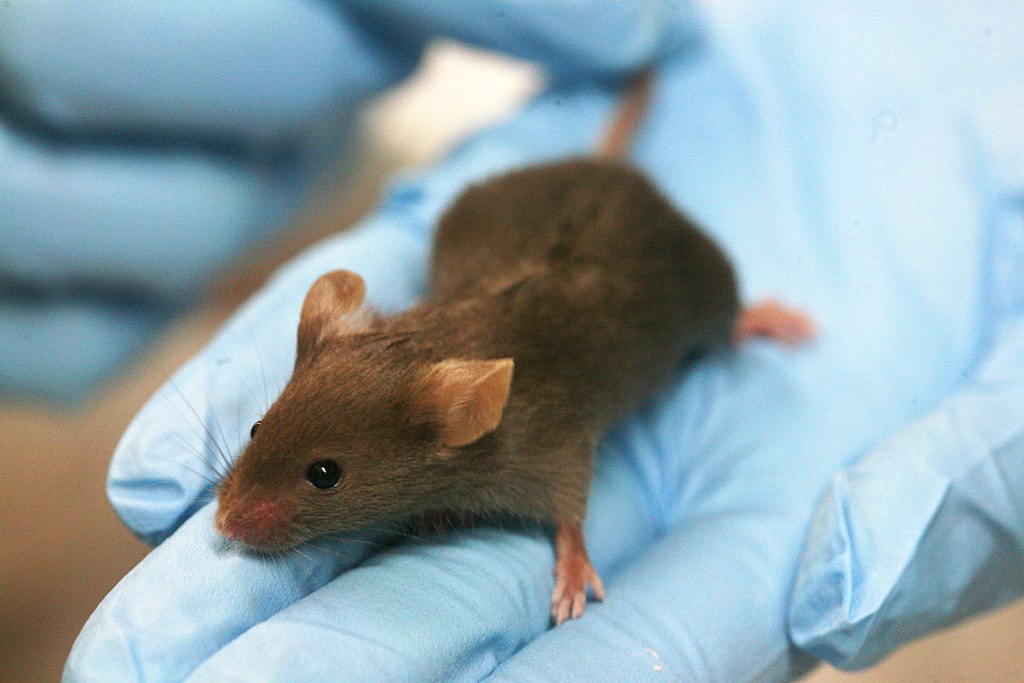
(Source: Rama [CC BY-SA 2.0 fr], via Wikimedia Commons.)
But one of the problems in studying the sounds that mice make is trying to hear the mice in the first place. Most mice “speak” at such a high pitch that humans can’t even hear it.
A Computer That Speaks Mouse
Scientists at the University of Washington (UW) decided to let computers try to figure out what the mice are saying. The scientists use good microphones to pick up the sounds of the mice, which they turn into special pictures called “sonograms”.
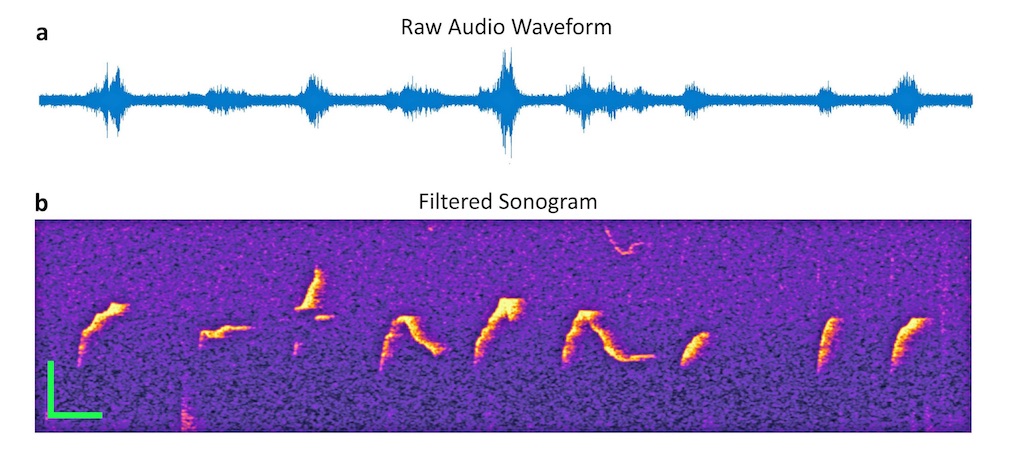
(Source: Copyright © 2018 by Russell Marx & Kevin Coffey. [Apache-2.0], via Github.com.)
They created a special computer system they call “DeepSqueak” to try and understand what the mice are saying. DeepSqueak is an artificial intelligence (AI) system. That means it is not just a computer program, but is making some decisions and “thinking for itself” as it tries to find patterns in the sounds.
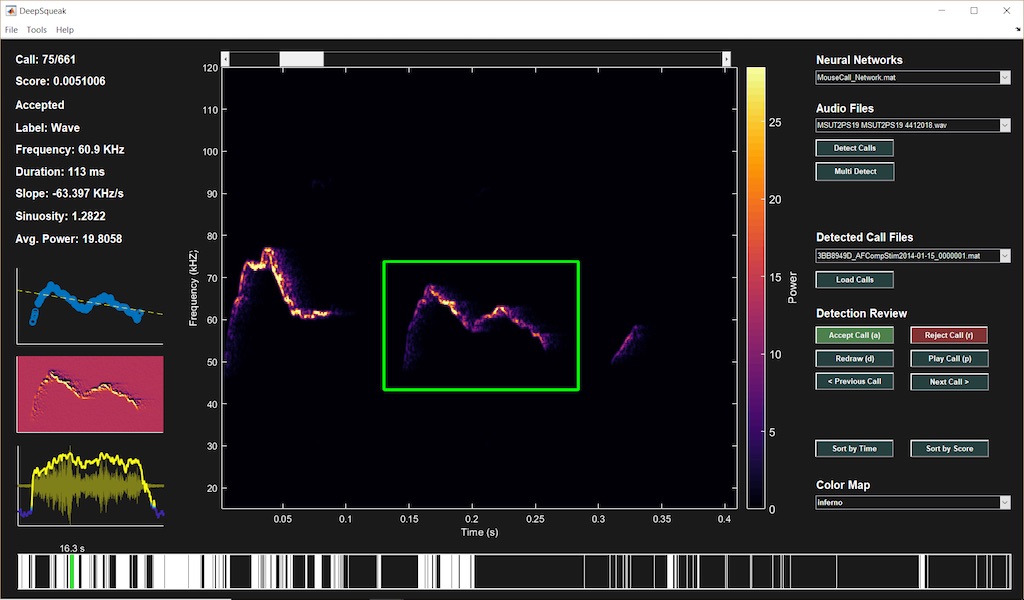
(Source: Copyright © 2018 by Russell Marx & Kevin Coffey. [Apache-2.0], via Github.com.)
The UW scientists say that DeepSqueak has found about 20 different kinds of squeaks that the mice make. For example, there is the very happy “about-to-get-a-treat” squeak. The mice use another kind of squeak when they are trying to find a mate.
Kevin Coffey, one of the main scientists says, “Basically, the animals can tell us directly how they are feeling.” The scientists hope to learn more about the way the mice behave and talk to each other. They are also sharing their AI system, so that other scientists can try similar projects with other animals.
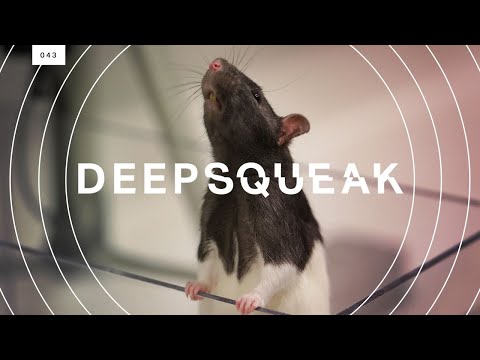
(Source: Copyright © 2018 by Russell Marx & Kevin Coffey. [Apache-2.0], via Github.com.)
Polite, Singing Mice
Scientists at New York University (NYU) decided to use some mice that they could actually hear. Alston’s singing mouse, normally found in Central America, actually sings in a way that people can hear. Michael Long brought the mice back to New York so that he could study them more easily.
One day, as one of Dr. Long’s students listened to the mice singing back and forth, he realized that the mice never sang at the same time. It was like they were taking turns. It turned out that the mice really were taking turns. Each mouse listened to the other one and didn’t say anything back until the first mouse was finished.
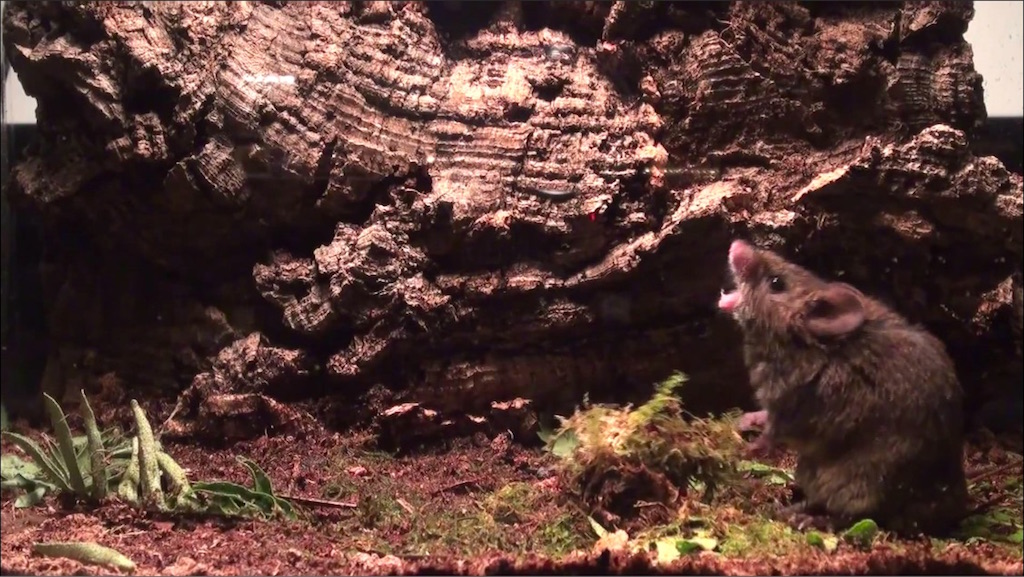
(Source: Country Mouse Studios [CC BY 3.0], via Wikimedia Commons.)
Talking back and forth with someone may not seem like a difficult skill, but it takes a lot of brain power. Scientists still don’t even understand how humans do this.
By studying the brains of these mice, the NYU scientists have found the part of the brain that controls the mice’s ability to have a conversation.
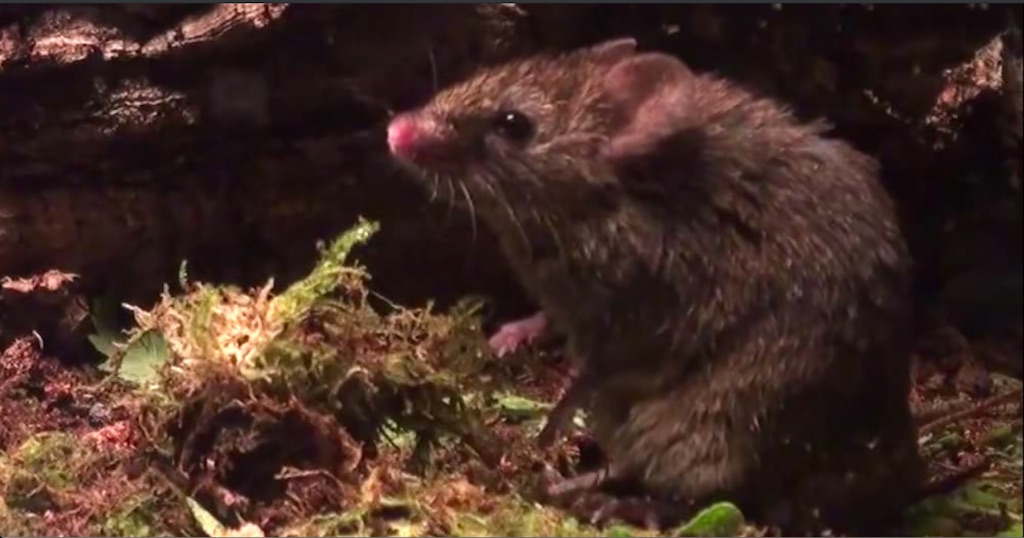
(Source: Country Mouse Studios [CC BY 3.0], via Wikimedia Commons.)
The scientists hope this discovery may tell us more about how the human brain works. If so, that could lead to new ways to help people with brain differences or injuries that make it difficult to have a conversation.
Did You Know…
Scientists in China have figured out a way to allow mice to see in the dark. By giving mice a shot, the scientists were able to attach super tiny bits called “nanoparticles” to the parts of the mice’s eyes that take in light. These nanoparticles allowed the mice to see a kind of light they can’t normally see, called “near infrared”, which lets them see in the dark. Because the vision of mice and humans is similar, the scientists hope this work may one day improve human vision.
